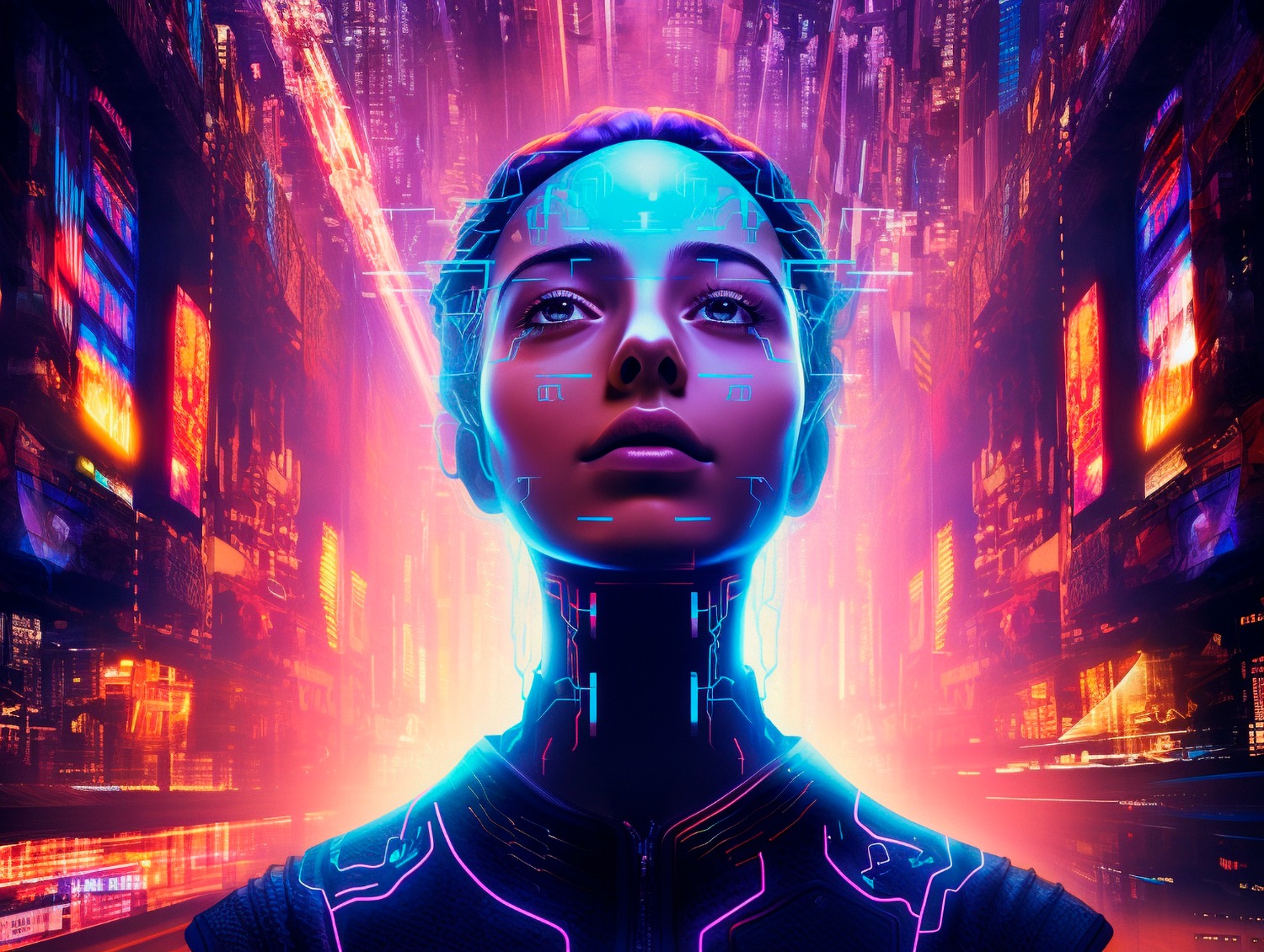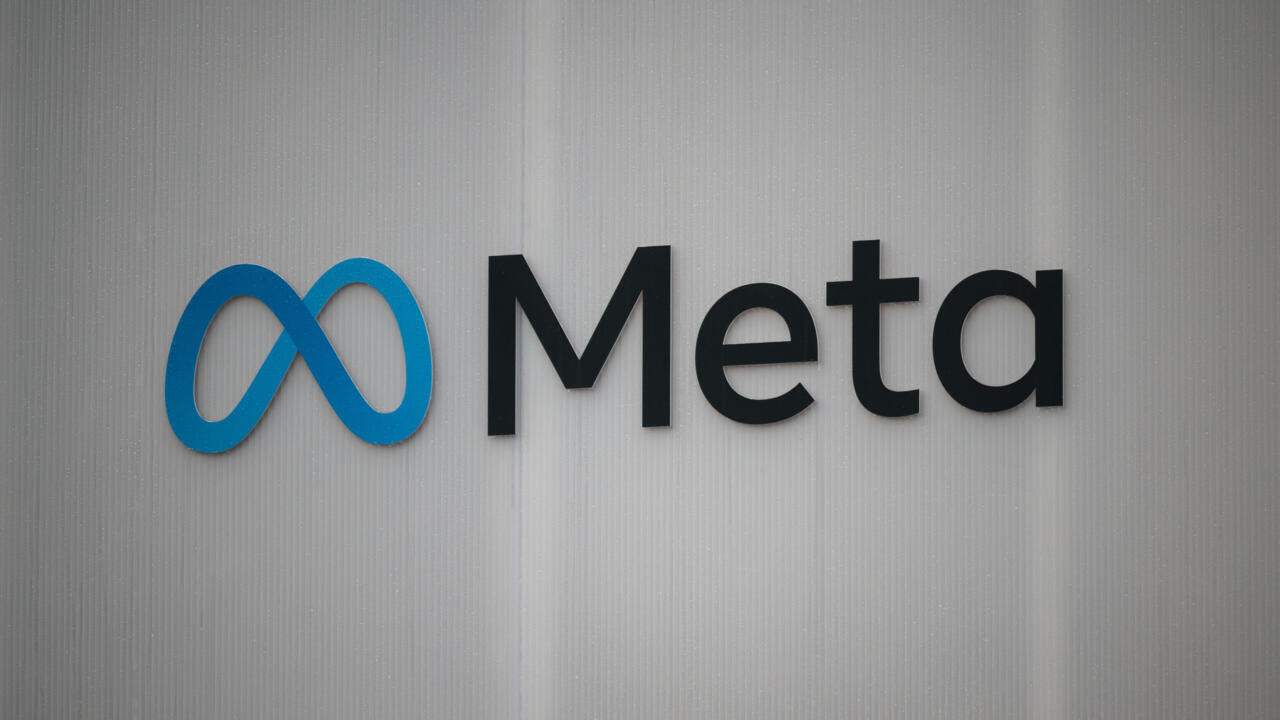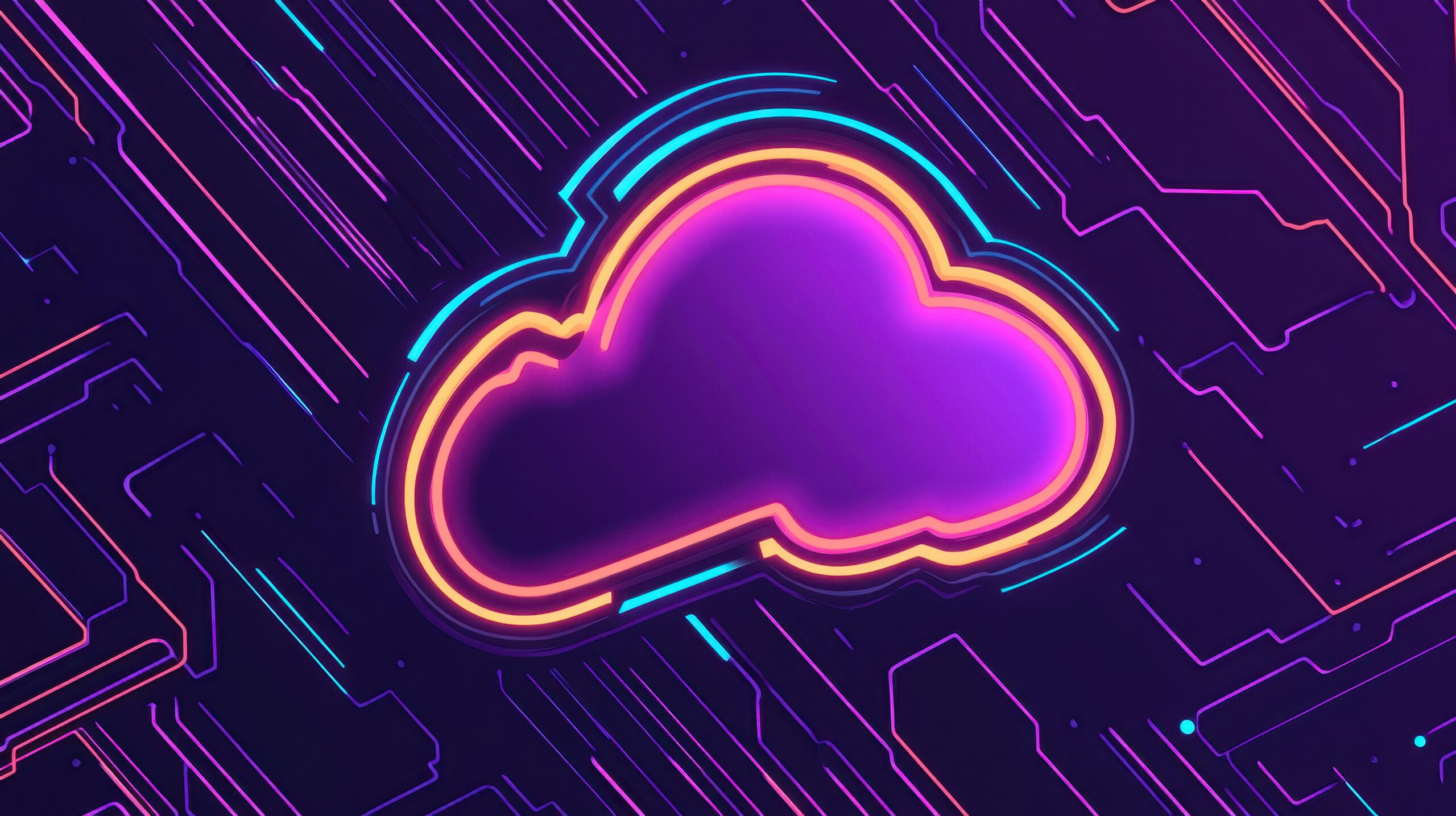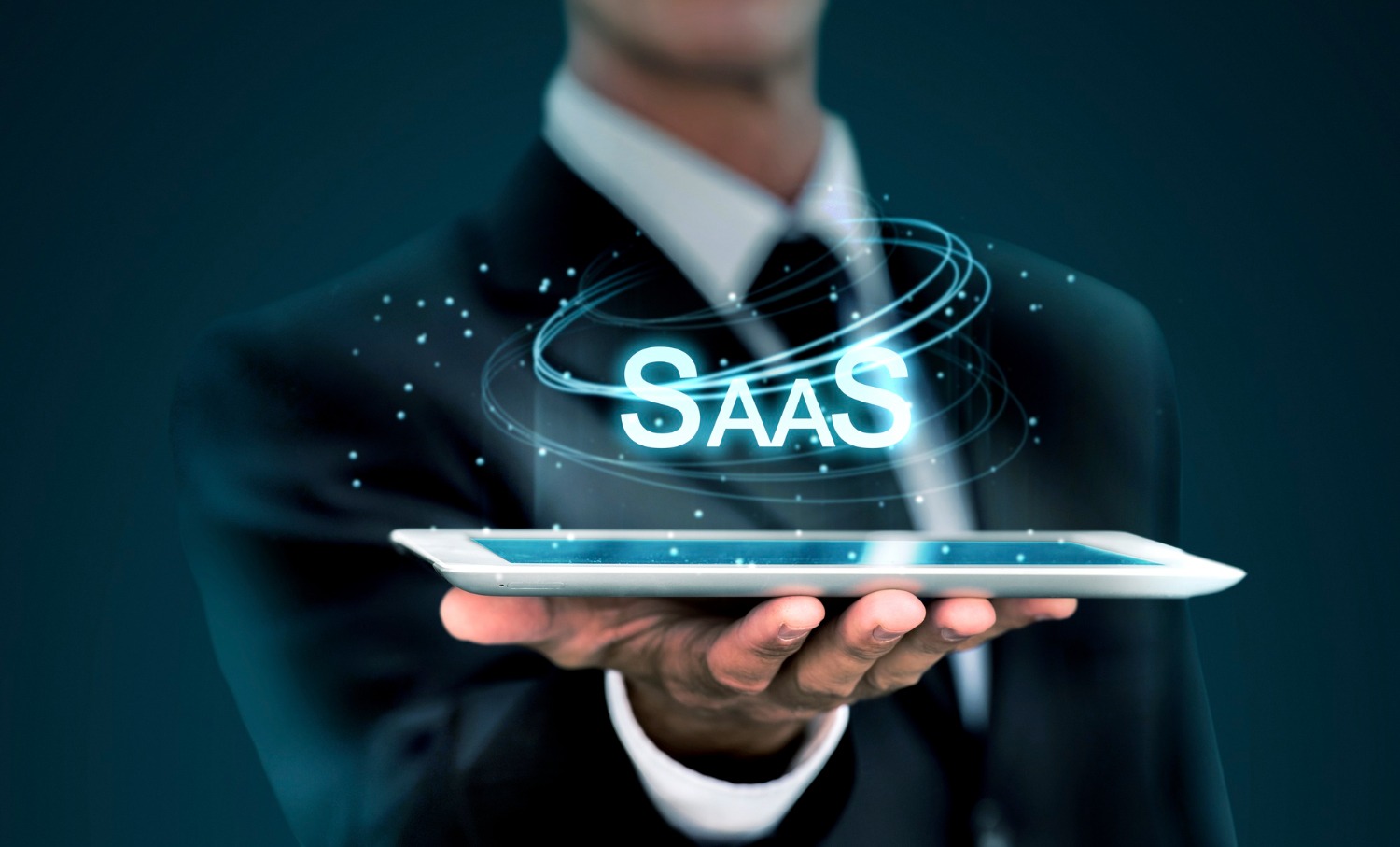The Intersection of AI and IoT Smarter Connected Devices
The Internet of Things (IoT) and Artificial Intelligence (AI) are two of the most transformative technologies of our time. Separately, they have revolutionized industries, but when combined, they unlock unprecedented possibilities for creating smarter, more connected devices. The integration of AI with IoT not only enhances functionality but also drives innovation across industries such as healthcare, manufacturing, agriculture, and smart cities. This article explores the synergy between AI and IoT and how it’s shaping the future of connected devices.
Understanding IoT and AI
IoT refers to a network of physical devices embedded with sensors, software, and other technologies that enable them to connect and exchange data with other systems over the internet. From smart thermostats to industrial sensors, IoT devices generate massive amounts of data every second. However, without the ability to analyze and act on this data, their potential remains untapped.
This is where AI comes into play. AI involves the use of algorithms and machine learning to analyze data, make decisions, and learn from past experiences. By integrating AI into IoT ecosystems, devices can process and interpret data in real time, enabling them to act autonomously and improve their performance over time.
The Role of AI in IoT Ecosystems
AI enhances IoT ecosystems in multiple ways:
- Data Analysis and Insights: IoT devices generate enormous volumes of data. AI algorithms can process this data to extract actionable insights, identify patterns, and predict trends. For instance, in industrial IoT, AI can analyze sensor data to predict equipment failures, reducing downtime and maintenance costs.
- Automation and Decision-Making: AI enables IoT devices to make decisions without human intervention. For example, smart home systems can learn user preferences and automatically adjust lighting, temperature, and security settings based on past behaviors.
- Edge Computing: AI-driven edge computing allows IoT devices to process data locally rather than sending it to the cloud. This reduces latency, enhances security, and ensures faster response times, which is critical for applications like autonomous vehicles and healthcare monitoring systems.
- Enhanced Security: AI can identify unusual patterns in IoT networks, detect potential cybersecurity threats, and take preventive measures to protect data and devices from breaches.
Real-World Applications of AI and IoT
The combination of AI and IoT is driving innovation across various sectors:
- Smart Cities: AI-powered IoT devices are transforming urban living. Smart traffic management systems use AI to analyze traffic patterns and optimize signal timings, reducing congestion. AI-driven waste management systems monitor trash levels in bins and optimize collection routes.
- Healthcare: IoT devices such as wearable fitness trackers and smart medical devices collect real-time health data. AI analyzes this data to detect anomalies, predict health issues, and provide personalized care recommendations. For instance, AI-enabled glucose monitors can alert diabetic patients of potential spikes or drops in blood sugar levels.
- Manufacturing: In the industrial sector, AI-powered IoT systems are used for predictive maintenance, quality control, and process optimization. Smart sensors monitor machinery performance and alert operators of potential malfunctions, reducing downtime and improving productivity.
- Agriculture: Precision agriculture is benefiting from the AI-IoT synergy. Smart sensors monitor soil conditions, weather patterns, and crop health, while AI analyzes this data to optimize irrigation, fertilization, and pest control, leading to higher yields and reduced waste.
- Retail: AI-driven IoT devices are reshaping the retail experience. Smart shelves and inventory management systems use AI to track stock levels, predict demand, and streamline supply chain operations. Personalized marketing through AI-powered analytics enhances customer engagement and satisfaction.
Challenges in Integrating AI and IoT
Despite its potential, the integration of AI and IoT comes with challenges:
- Data Privacy and Security: The vast amount of data generated by IoT devices poses significant privacy and security risks. Ensuring robust encryption and compliance with data protection regulations is essential.
- Interoperability: The lack of standardized protocols and compatibility issues between IoT devices can hinder seamless integration and communication.
- Scalability: As IoT networks expand, managing and analyzing the growing volume of data becomes increasingly complex. Scalable AI solutions are necessary to handle this data effectively.
- Energy Consumption: AI processing requires substantial computational power, which can strain the battery life of IoT devices. Energy-efficient AI algorithms are crucial to address this challenge.
The Road Ahead
The intersection of AI and IoT is paving the way for a future where connected devices are not just smart but also intelligent. As advancements in AI technologies like machine learning and natural language processing continue, IoT ecosystems will become more autonomous, adaptive, and efficient.
Emerging technologies such as 5G, blockchain, and quantum computing will further enhance the capabilities of AI-powered IoT devices. For instance, 5G will enable faster and more reliable communication between devices, while blockchain can ensure secure data exchanges in IoT networks.
Conclusion
The fusion of AI and IoT is driving a new era of innovation, transforming how devices interact with their environments and users. From smart homes to industrial automation, the possibilities are endless. However, to fully realize the potential of AI-powered IoT, addressing challenges related to security, interoperability, and scalability is imperative.




